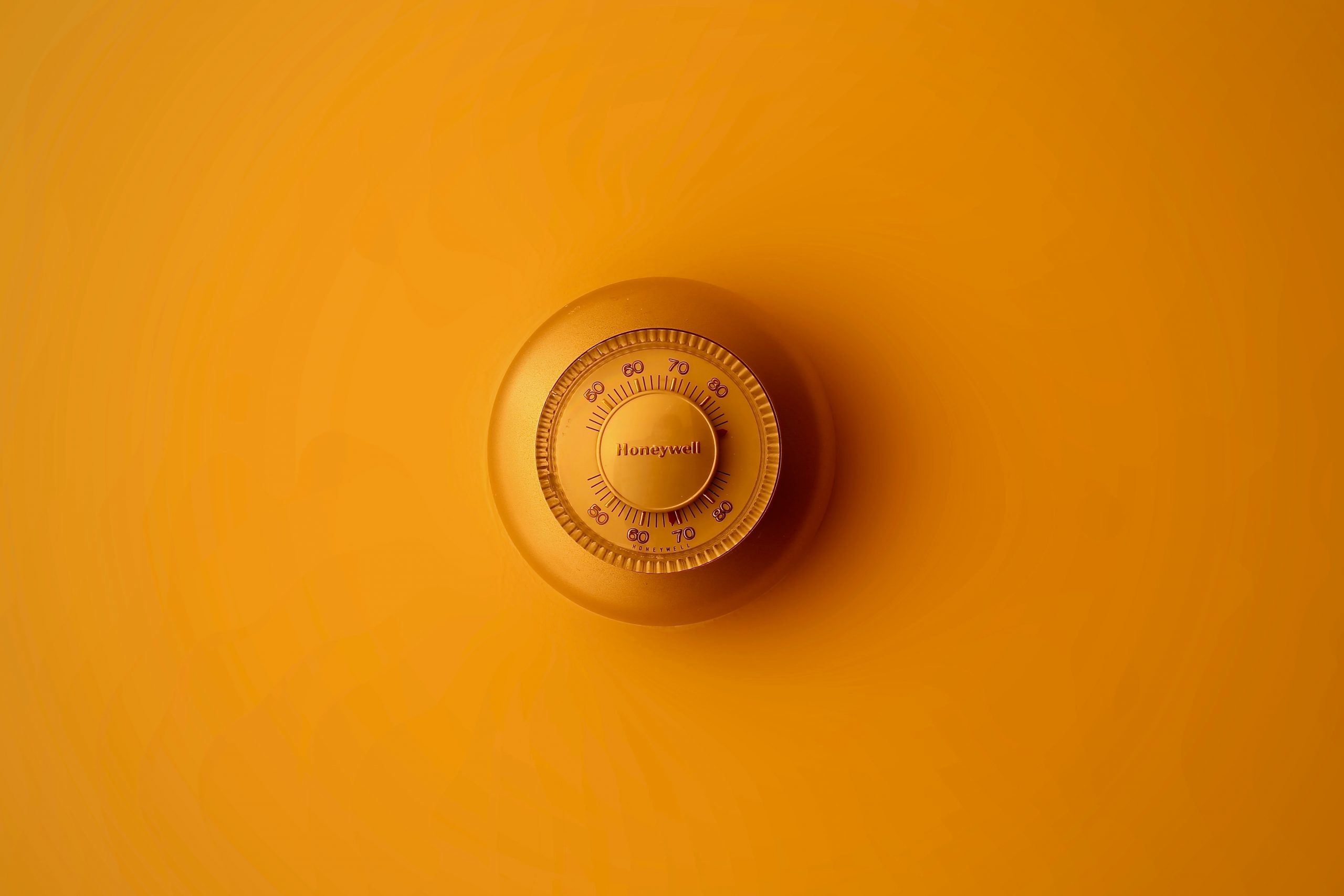On a home hunt? Make sure Air Quality is on your home inspection list!
On a home hunt? Make sure Air Quality is on your home inspection list!
At HypoAir, we want to give you information that will help you make healthy choices about your existing home or any home you intend to live in (purchase or rent). Real estate sites have a lot of pretty pictures, but until you step inside a home with critical eyes (and nose), you will not know the impact it could have on your life, because indoor air quality is even more crucial than the school district or neighborhood. We hope that this checklist helps you make sure that all areas impacting air quality are assessed and addressed.
- Button it up. It’s 2022, nearly 50 years after the energy crisis that stimulated a myriad of home insulation and building design changes. If we’ve learned anything, it’s that insulation and sealant against air leakages is good. The tighter the building envelope, the better air filtering and climate condition systems can do their jobs. We list some of the points you can check, but for top energy savings, it’s best to hire a professional home energy consultant. Certification varies by state, and here are two national pages that may help find a consultant: hersindex.com and US Department of Energy. However, the best place to start looking for a Home Energy Auditer is with your local power company–some even conduct energy audits for free and install energy-saving equipment like lightbulbs for free. If you need to hire an energy consultant, here are some helpful questions to ask: how do you discover the main air flow patterns in my home? where will you target your time? Can you address the discomfort during (winter/summer) in (name room). What are the average savings homeowners realize with your services? Energy consultants can perform a blower door test, and use infrared scanners and smoke tools to see the larger leaks that most inexperienced homeowners will miss. According to energy expert Ken Gadsby, “doors and windows only account for 20-30% of air leakage in most cases”, while it is more cost and time effective to go after the other 70-80% that is coming from elsewhere. (from Solar Age article referenced here). If you decide to do your own checks with equipment, you may want to buy a smoke pencil to find hidden leaks, you’ll want to find one that is not toxic. This brand uses glycerine, propylene glycol and distilled water to generate a non-toxic white smoke. There are two main types of air leaks in buildings - direct leaks through the exterior walls or ceiling to the outdoors, and indirect air leaks through interior partition walls, ceilings, or stairwells and plumbing chases. (inspectapedia.com)
- Indirect leaks may be part of a larger convective air loop, where void spaces in walls and ceilings can pump warm air out of a house during the winter, or into a house during the summer. You or the energy consultant may need to investigate penetrations such as ceiling lights and bathroom exhaust fans and uninsulated void spaces like ductwork, soffits (commonly above kitchen cabinets) and firewalls. It may be that simply installing a physical barrier will interrupt the air loop and stop energy loss. This can be done retroactively by drilling holes and using spray foam to seal cavities at the ceiling/floor level, sealing plates and void wall tops, etc.
- Direct leaks may occur around baseboard heaters, wall sockets and light switches (check out these easy gaskets), around window and door frames/molding, and around penetrations through exterior walls such as cable/telephone wires and gas lines. These can be resolved with some low VOC caulk. For larger penetrations like plumbing and drain lines, the only spray foam sealant that is UL GreenGuard Gold Certified is made by FOMO Products Inc., called Handifoam Window & Door. Some penetrations, like electrical wires, may need a fireblock sealant by code, and Handifoam Fireblock is also GreenGuard Gold Certified.
- Seal the attic: to vent or not to vent? Attics are typically very hot or very cold, because the builder chose not to include this space in the conditioned space. If an attic is insulated on the floor and interior wall boundaries, it will need to be vented so that it acclimatizes to exterior conditions and doesn’t hold excess moisture. In the case of vented attics, according to the US Department of Energy, just a ¼” gap around the hatch (for a pull down ladder) is equivalent to a ceiling register removing heat from a room. There are manufacturers of attic stair covers that can seal this difficult opening well. Secondly, any air conditioning ducts in the attic must be sealed at all joints, which is something you may be able to do yourself. As for the rest of the attic, this guide has details of all the places to check for undesirable ventilation. On the other hand, if you live in a hot, humid climate, or want to reserve the attic for extra living space, then it’s wise to move the envelope to the roof line, and make the attic part of your entire’s home conditioned space. Here is a page that will help you decide between venting and sealing the attic.
- Seal the fireplace. In general, it is the fireplace damper that opens or closes the chimney space to your firebox. It needs to be closed when not in use, but if there is no damper, or it doesn’t seal properly, you can check out this page to decide how to seal it. Just as importantly, the fireplace surround should be sealed to the stone or brickwork, and vents can be sealed off with magnetic covers.
- Crawlspaces can be a source of home energy loss or increased heating bills, as well as mold and rot issues (inspectipedia.com) The old recommendation was to thoroughly ventilate crawlspaces in order to prevent these issues, but now the recommendation is convert the crawl area to a conditioned space with vapor barriers and insulation. Recognizing air leaks, humidity and mold issues in crawlspaces (and unconditioned basements) needs to be addressed!
- Not location, location, location: Ventilation, ventilation, ventilation! Tight building envelopes without fresh air ventilation are unhealthy, and leaky building envelopes with the wrong types of ventilation also create problems. Unfortunately, the average American home has no dedicated fresh air ventilation system. (buildinggreen.com) According to ASHRAE standards (formerly called the American Society of Heating, Refrigerating and Air-Conditioning Engineers), homes should receive 0.35 air changes per hour, but not less than 15 cfm (cubic feet per minute) fresh air per person (EPA.gov). There are 4 types of dedicated mechanical ventilation; we discuss these in our post “How does indoor air pressure affect ventilation and air quality?” Most home energy consultants recommend a balanced ventilation system that includes an HRV or ERV, however in hot and humid climates additional dehumidification will be necessary, because ERV’s actually raise the humidity level in your home.
- Humidity. If the interior stays above 60% relative humidity for long periods of time, it’s not a question of if, but a question of when, mold will become a problem. Arming yourself with a simple humidity sensor on a home tour can confirm what your senses may already be telling you–does it seem too humid? Or too dry? Dry air can cause germs to live longer in the air, posing increased risk of respiratory infection. You can do an inventory in your own home with our post “Humidity and an Indoor Moisture Inventory”, and HVAC experts in your area can help rectify under or over humidification with the right equipment. The following graph shows the benefits of keeping it between 30-60%:
- Radon. According to the EPA, radon is the #1 cause of lung cancer among non-smokers. A colorless, odorless gas that seeps naturally from certain underground rocks, radon can permeate basement walls and foundations, as well as contaminate ground or well water. It’s best to have the home’s air and water checked for radon levels, and if present, investigate mitigation systems (you can find local qualified contractors through the link on this page, and information on water testing labs here).
- Mold. As mentioned in our post “Taking our homes back from mold”, using a home inspector who is equipped with forward-looking infrared radar (FLIR) gives you “x-ray views” of hidden sources of mold. FLIR is a type of thermographic camera that detects infrared radiation, and while it is used in military and spy applications(!), it is also extremely useful in locating areas behind walls where water intrusion may be present, making a hospitable area for mold. Such a home inspector will also be intimately familiar with construction methods that can be causing moisture issues now or may cause them in the future.
- Active Air Filtration and Purification. Buttoning up the envelope and ventilating properly are non-negotiable basics; filtration and purification step up the breathability and comfort of your air. Is the only air filtration in your existing or potential home done through the furnace filter? If so, additional filtration and/or purification in the HVAC or standalone will help with dust, seasonal allergies, viruses, mold spores and mycotoxins, and pet dander.
- Old House Materials. Asbestos and lead paint are still out there in older buildings (pre-1978 for lead paint and pre-1989 for asbestos), and disturbing them will bring these hazardous materials into the air. It’s best to make sure that your home inspector identifies any sources of these materials in case you get the (common) urge to renovate!
- Gas appliances. Heartbreaking but vital information for foodies: gas stoves can throw quite a bit of VOCs and fine particulates (PM2.5) into the air, in addition to whatever you are cooking and what you are cooking it in. If you plan on keeping or installing a gas stove, make sure that the ventilator hood is powerful enough for the space (check out our post ‘Humidity and an Indoor Moisture Inventory’) and it works quietly, so that you will be inclined to use it to whisk away harmful chemicals and particles. In addition, inquire about any other gas appliances such as water heaters, clothes dryers and space heaters. The inspector should note their age and condition (gas orifices can wear or rust over time, causing poor combustion) and if they are vented properly. Here’s a good article for those who like to see what I’m talking about!
- Outdoor sources of pollution. Does it make sense to include the outdoors in an indoor air quality survey? Yes–and here’s why. No matter how tight your home’s envelope, we hope that there will be ample times of the year when the weather outside is just so gorgeous that it’s impossible to keep the windows closed. At that moment, do you want to be worrying about what kind of air pollution could enter your home? Although there’s little you can do about these sources, it’s good to know what they are and how often they may affect your ability to open windows, depending on the wind and weather conditions. Here are just some of examples of outdoor air pollution: living near
- a busy thoroughfare or bus station
- oil wells or refineries
- trash dump
- Stagnant farm pond or standing water (like used tire recycling center)
- neighbors who burn trash or wood consistently
- farms that crop dust or use aerosolized fertilizers
- Areas that employ insecticide spray trucks
- Golf courses and other public areas that use copious lawn treatments
- Businesses that perform outdoor renovation work like sanding or spray painting
- Seasonal issues like wildfires, tree pollen, ragweed, etc.
- New house smell. New homes, just like new cars, can have many sources of VOCs, most dangerous and common among them being formaldehyde. If you consider a newly finished or furnished home, find out if it has the following:
- Press-board cabinets (most commonly found in kitchen, bathroom and garage)
- Paneling
- An attached garage (see next point)
- Whole-home air fresheners: terpenes in air fresheners can react with ozone to create formaldehyde (bustmold.com)
- New drapery (International Association of Certified Home Inpectors)
Those were the biggest offenders, but new vinyl windows, insulation, drywall, caulks and adhesives can also off-gas VOCs. This site gives detailed reviews on building products that “cure” quickly or are more tolerable for chemically-sensitive people.
- Attached Garage. What? Why is my attached garage a liability? Attached garages are used for activities that people normally wouldn’t do in the home, AND they usually have air leaks that can infiltrate the home, since they are attached. That’s why generators, motor vehicles and combustion-driven lawn equipment should never be allowed to “idle” or run continuously in the garage, even with the door open! Also, although it may be the only sheltered place available to do home projects and hobbies, do realize that the fumes from paints and glues may work their way into the home through a leaky door, vents, and other unseen air passageways.
- EMFs. Although their effects are very controversial, electromagnetic fields (such as wi-fi, high-voltage power lines and stations outside and communications towers) can actually contribute to lower air quality in a home that is predisposed to mold issues. If you have researched this topic and are concerned, you will want to know EMF sources in the neighborhood, as well the types of the wi-fi router and smart appliances, and where they are located. Studies have found that mold growing in homes or buildings can actually be amplified by EMFs – causing mold to grow more rapidly and spread further. EMFs may also trigger the mold spores floating around in your house or body to release more mycotoxins. (jillcarnahan.com). See our post ‘Taking our homes back from mold’ for more information.
- Wildlife. Crazy as it sounds, if you live in an area with certain protected species, you may not be able to evict them without a special permit, or during certain times of the year. For example, the Florida bonneted bat is a Federally endangered species that cannot be evicted from a home or building without a permit (floridabonnetedbat.org). Bat guano is extremely fragile and can become airborne if it is disturbed. Inhaling bat guano can spread Histoplasmosis, a major respiratory illness, and rabies to you and your family. (skedaddlewildlife.com ; this page also shows a short video of how bats can enter the home through the smallest of spaces!) We at HypoAir were contacted by a homeowner who was not allowed to evict a family of bats during breeding season, and so sought air purification methods.
Research on home air quality can help you avoid or mitigate unhealthy living spaces, make your home more comfortable, and even save money in many cases! Make sure to check the date of any published materials on- or offline, because building codes and theories about air quality change (for example, some of the Building America recommendations made in 2005 have been superceded by newer technology). Thoroughly inspecting and researching where you and your family will spend most of their time is worth it!
Photo by Allen Taylor on Unsplash






